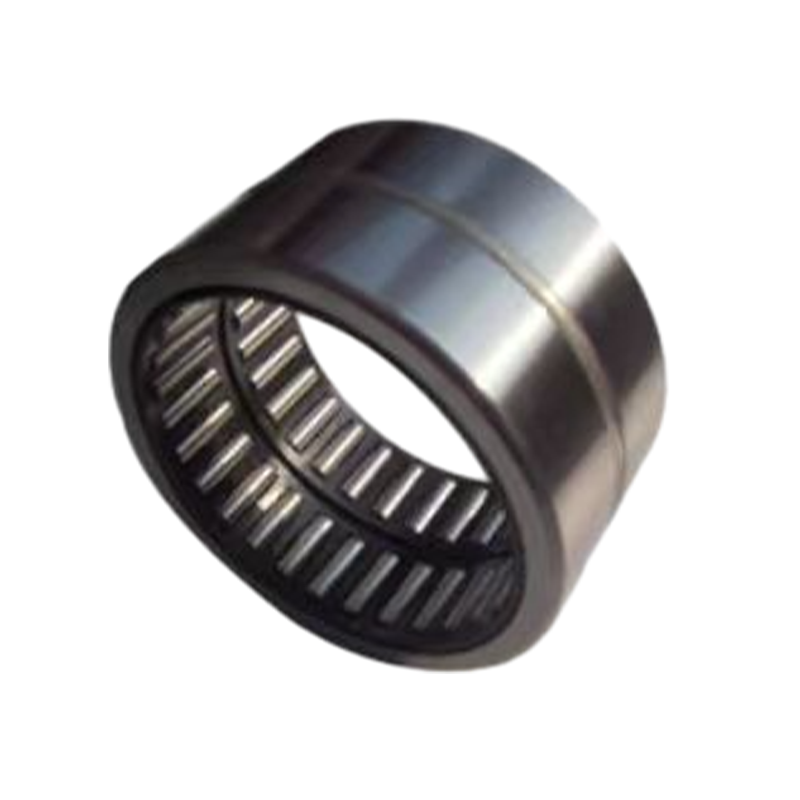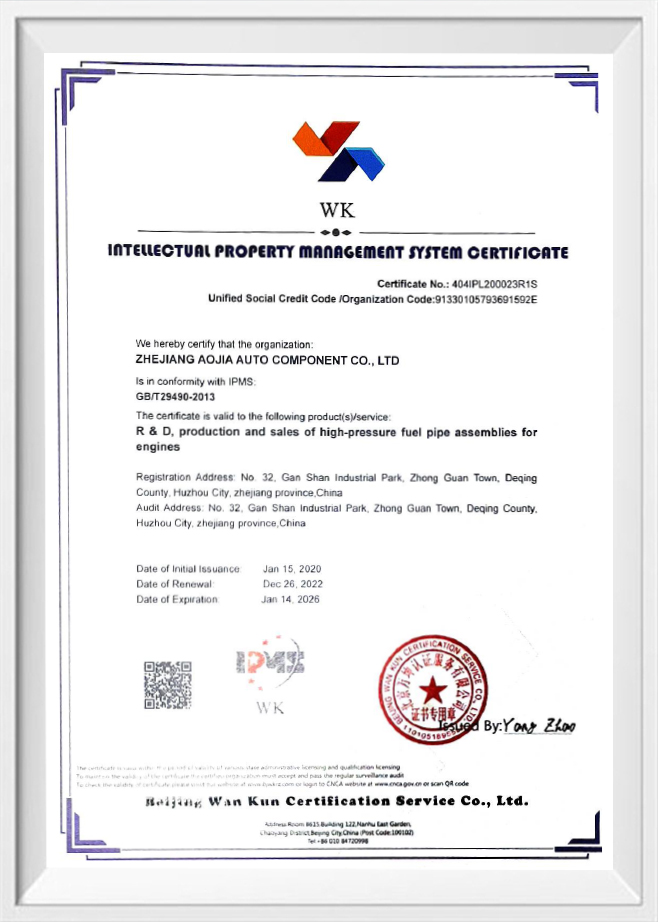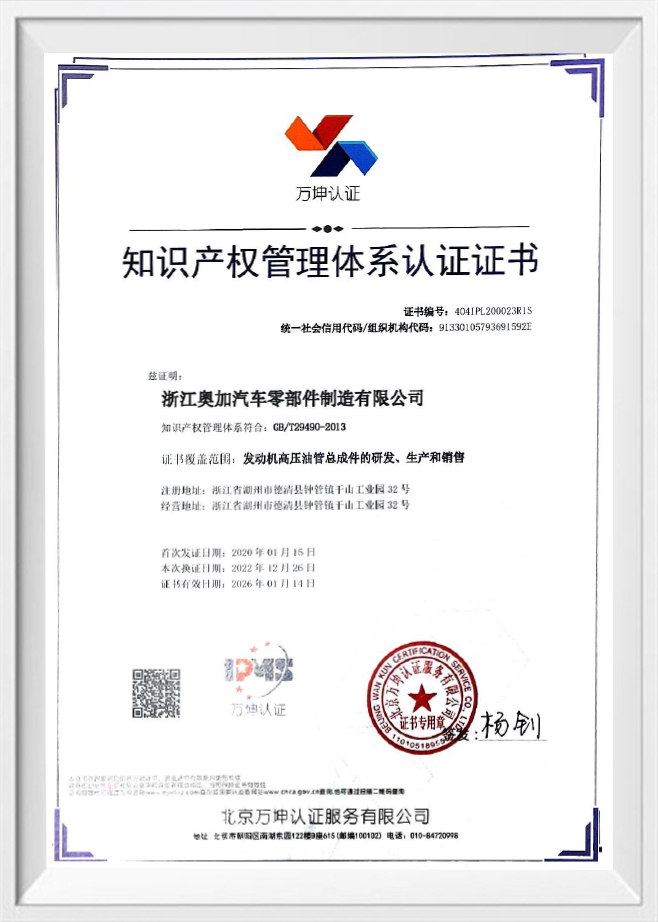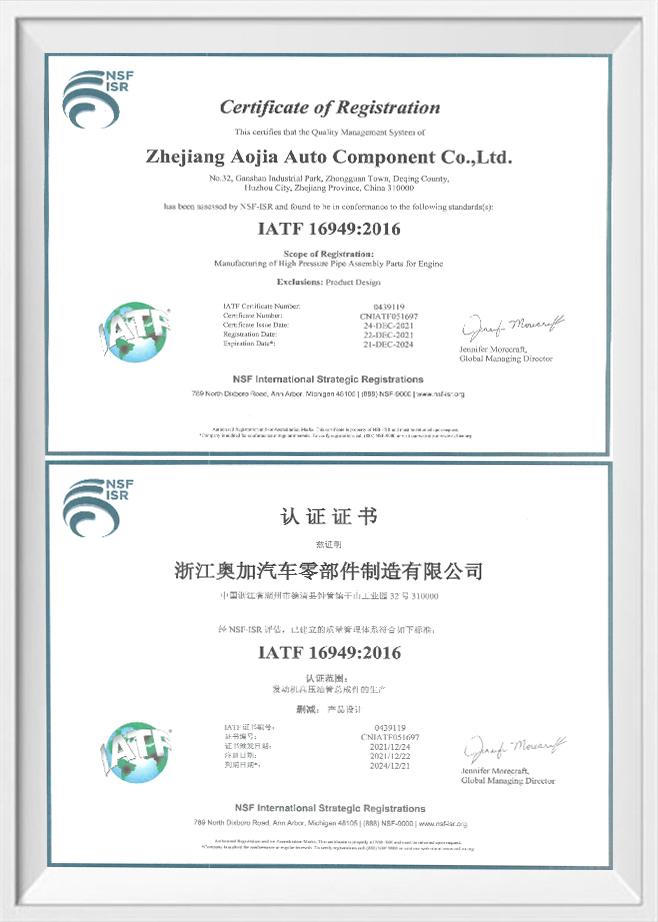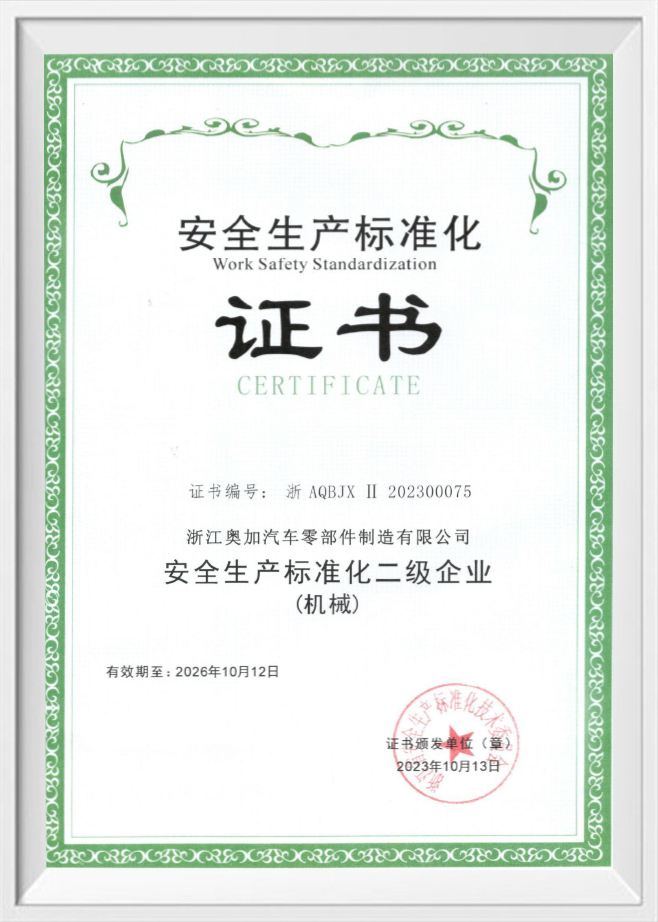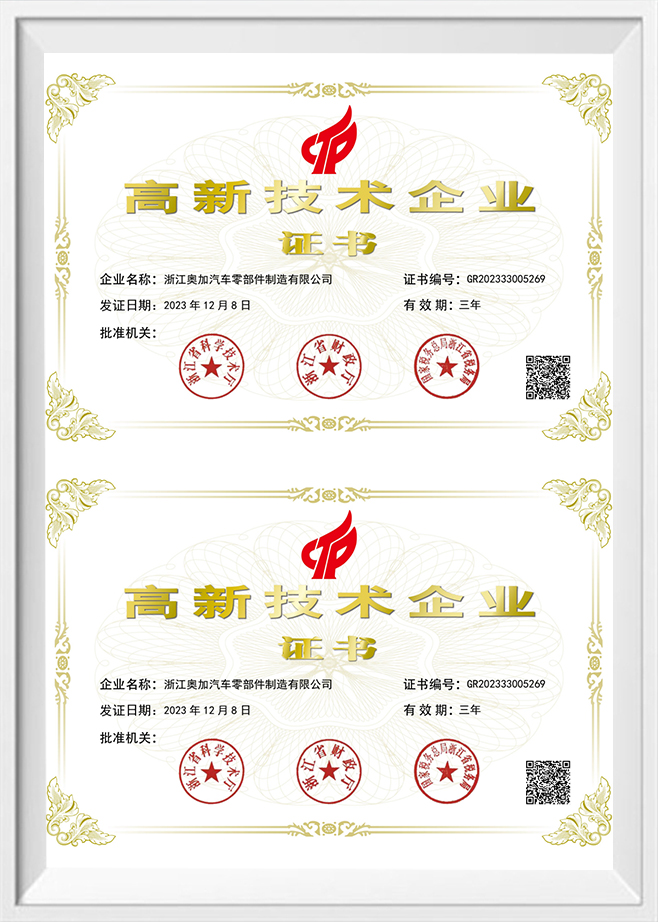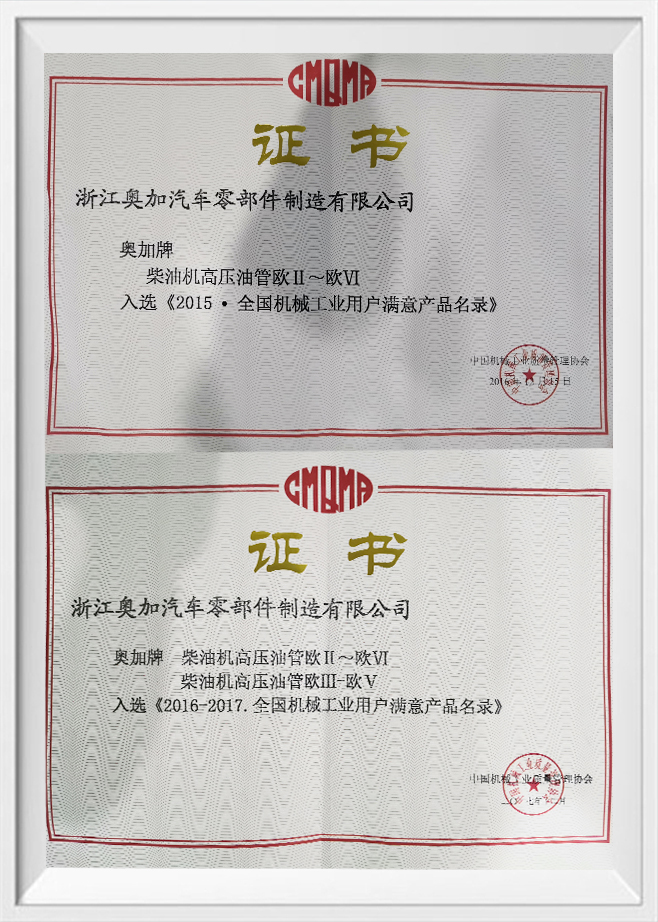What is the difference between low pressure oil pipe and high pressure oil pipe?
Low-pressure oil pipes and high-pressure oil pipes play different roles in the fuel system, and their functions are also different.
From the perspective of working pressure,
Engine Low-Pressure Oil Pipe are mainly used to transport lower-pressure fuel and are usually used to suck back the oil end; while high-pressure oil pipes bear higher fluid pressure and are used to output power, often at the power output end. This pressure difference determines their differences in design, material selection, and construction.
From a structural point of view, high-pressure oil pipes usually have a reinforcement layer made of steel wire braiding or winding in the middle to withstand high pressure. In contrast, the structure of low-pressure oil pipes is relatively simple, the pipe body is soft, and there may only be cloth or cord in the middle. This structural difference makes the high-pressure fuel pipe have better pressure resistance, while the low-pressure fuel pipe pays more attention to the smooth flow of fuel.
Specifications and dimensions may also differ between the two. Generally speaking, high-pressure oil pipes have a wider range of specifications and can adapt to higher working pressures; while low-pressure oil pipes have relatively smaller specifications to meet their use needs in low-pressure environments.
In terms of use and maintenance, because high-pressure oil pipes bear higher pressures, their maintenance and inspection requirements are also more stringent. It is necessary to regularly check the sealing and pressure resistance of high-pressure oil pipes and whether there are any problems such as damage or aging. In comparison, the maintenance of low-pressure oil pipes is relatively simple.
Although the two are different in structure and function, they are both indispensable components of the fuel system. They work together to provide a stable and efficient supply of fuel to the internal combustion engine, thereby ensuring the normal operation of the engine.
What factors may cause low-pressure oil pipes to become clogged?
As an important part of the fuel system, the low-pressure oil pipe's normal operation is very important to the performance of the internal combustion engine. However, due to the influence of various factors, the low-pressure oil pipe sometimes becomes clogged, which not only affects the flow of fuel, but may also lead to reduced engine performance or even failure.
Therefore, understanding the factors that may cause blockage of the
low-pressure oil pipe and taking corresponding preventive measures are of great significance to ensure the normal operation of the internal combustion engine. Next, let’s learn about these factors that may cause low-pressure fuel pipe blockage to help you better understand and maintain your fuel system.
Fuel quality issues: If the fuel contains a large amount of impurities or moisture, these impurities may be deposited on the inner wall of the oil pipe, gradually causing the oil pipe to become clogged. Moisture reacts with certain components in the fuel and may also form deposits, further affecting the smoothness of the oil pipe.
Filter failure: The main function of the fuel filter is to filter impurities in the fuel. If the filter fails or is not replaced in time, the impurities may enter the oil pipe through the filter and eventually cause blockage.
Improperly designed or maintained fuel tanks: If the interior of the fuel tank is improperly designed or maintained, impurities, moisture or rust may enter the fuel system and block the low-pressure fuel pipes.
Aged or damaged oil pipes: Over time, oil pipes may become clogged due to aging, deformation, or damage. For example, the inner wall of the fuel pipe may become rough due to long-term friction, increasing the resistance to fuel flow and even forming a blockage.
Improper installation or maintenance: Improper operation when installing or repairing the fuel system may cause impurities to enter the oil pipe, or cause the oil pipe to be squeezed, twisted and other physical damage, which may cause blockage.
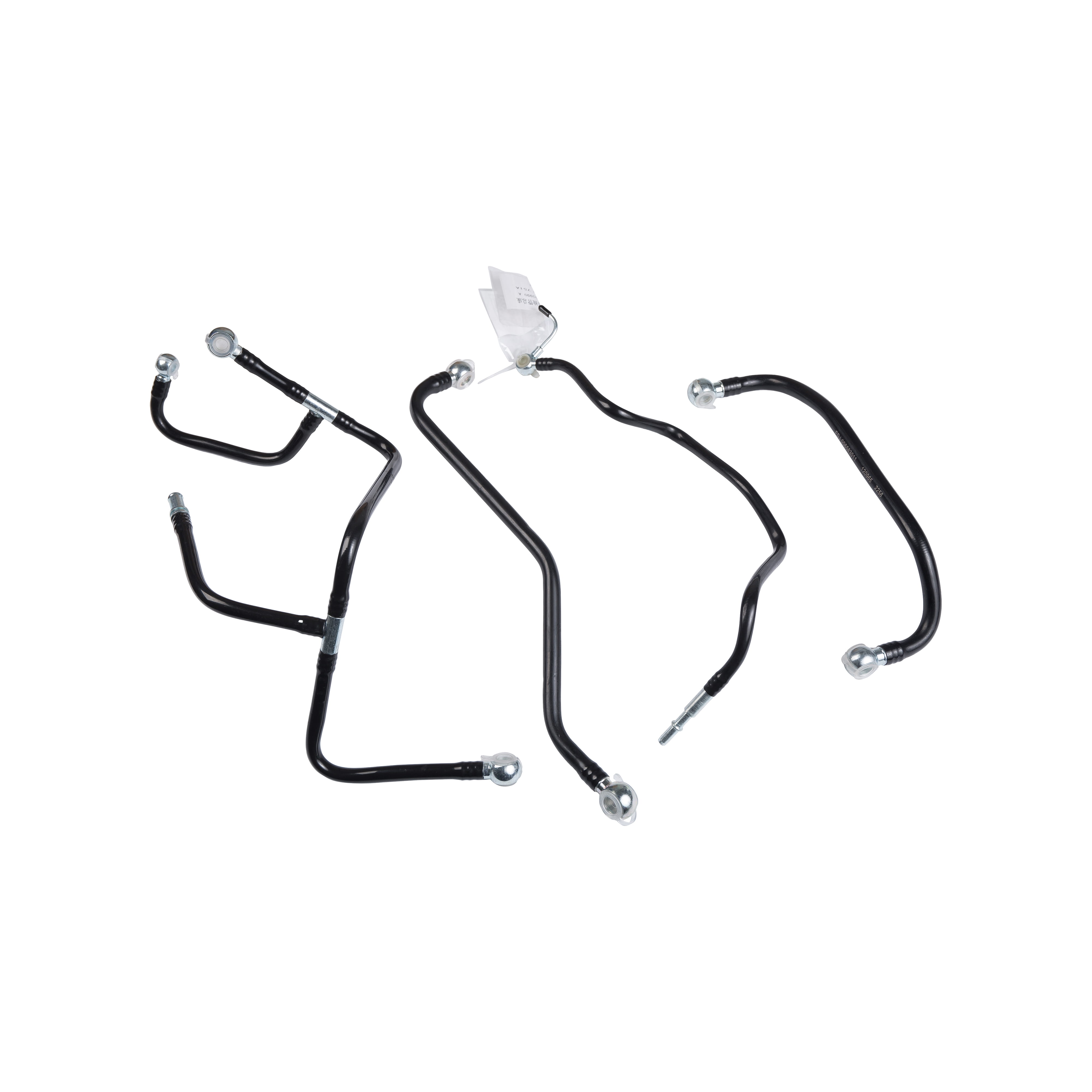 View More
PA12 -Nylonrohr -Brennstoff -Niederdruckölrohr
Das PA12-Nylonrohr ist ein Niedrigdrucköl-Rohr mit Leistung mit Leistung und ...
View More
PA12 -Nylonrohr -Brennstoff -Niederdruckölrohr
Das PA12-Nylonrohr ist ein Niedrigdrucköl-Rohr mit Leistung mit Leistung und ...  View More
Japan Kubota Motor Speziales Niederdruckrohr
Das spezielle Tiefdruckrohr für Kubota-Motoren in Japan ist fest verschweißt, v...
View More
Japan Kubota Motor Speziales Niederdruckrohr
Das spezielle Tiefdruckrohr für Kubota-Motoren in Japan ist fest verschweißt, v... 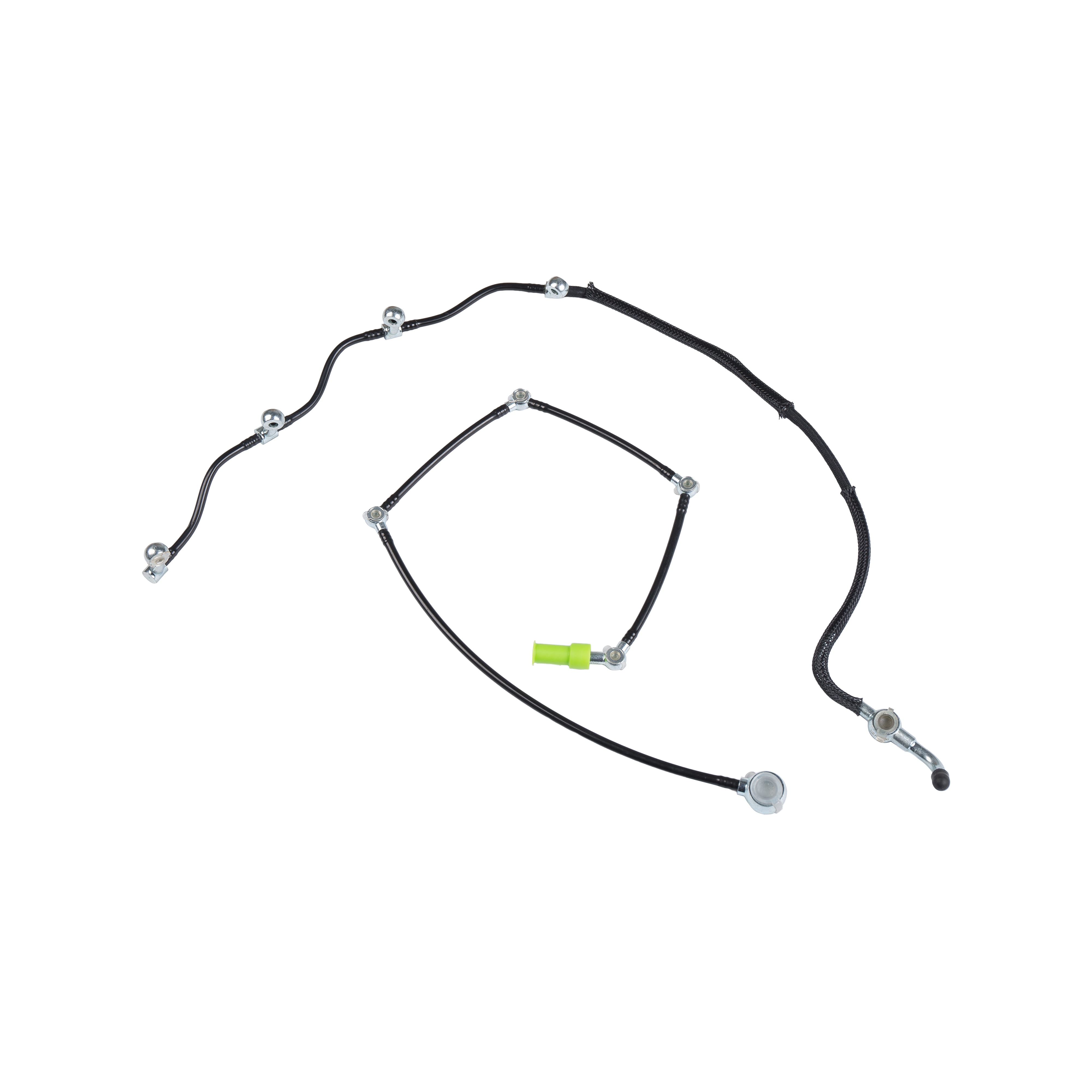 View More
PA12 Material Engineering Machinery spezielle Kraftstoffrückgaberohr
PA12 MATERIAL Das spezielle Kraftstoffrücklaufrohr für technische Maschinen bes...
View More
PA12 Material Engineering Machinery spezielle Kraftstoffrückgaberohr
PA12 MATERIAL Das spezielle Kraftstoffrücklaufrohr für technische Maschinen bes... 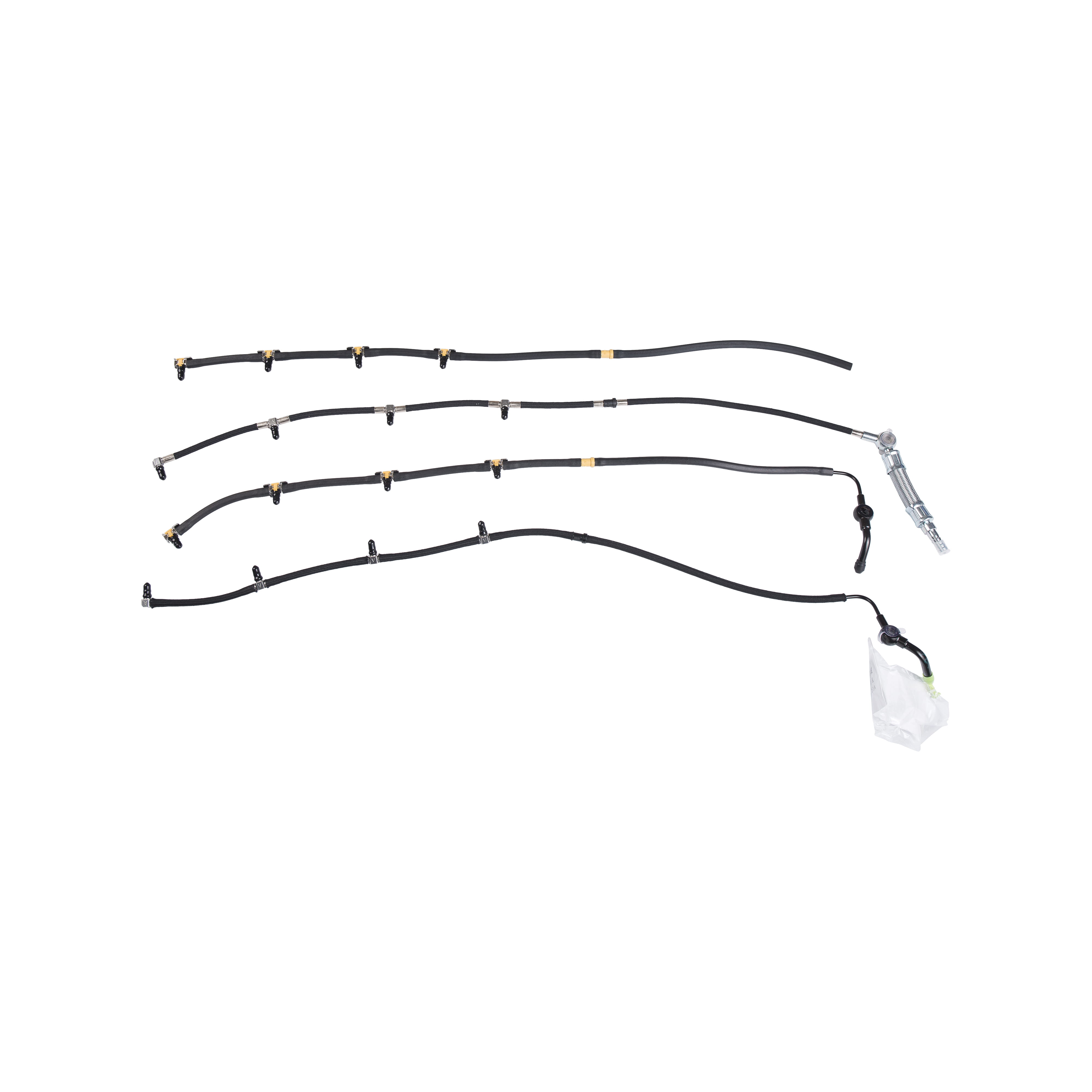 View More
Leichter LKW -Kraftstoff -Return Rohr
Light Truck Fuel Return Rohr ist eine Schlüsselkomponente, die für Motoren von ...
View More
Leichter LKW -Kraftstoff -Return Rohr
Light Truck Fuel Return Rohr ist eine Schlüsselkomponente, die für Motoren von ... 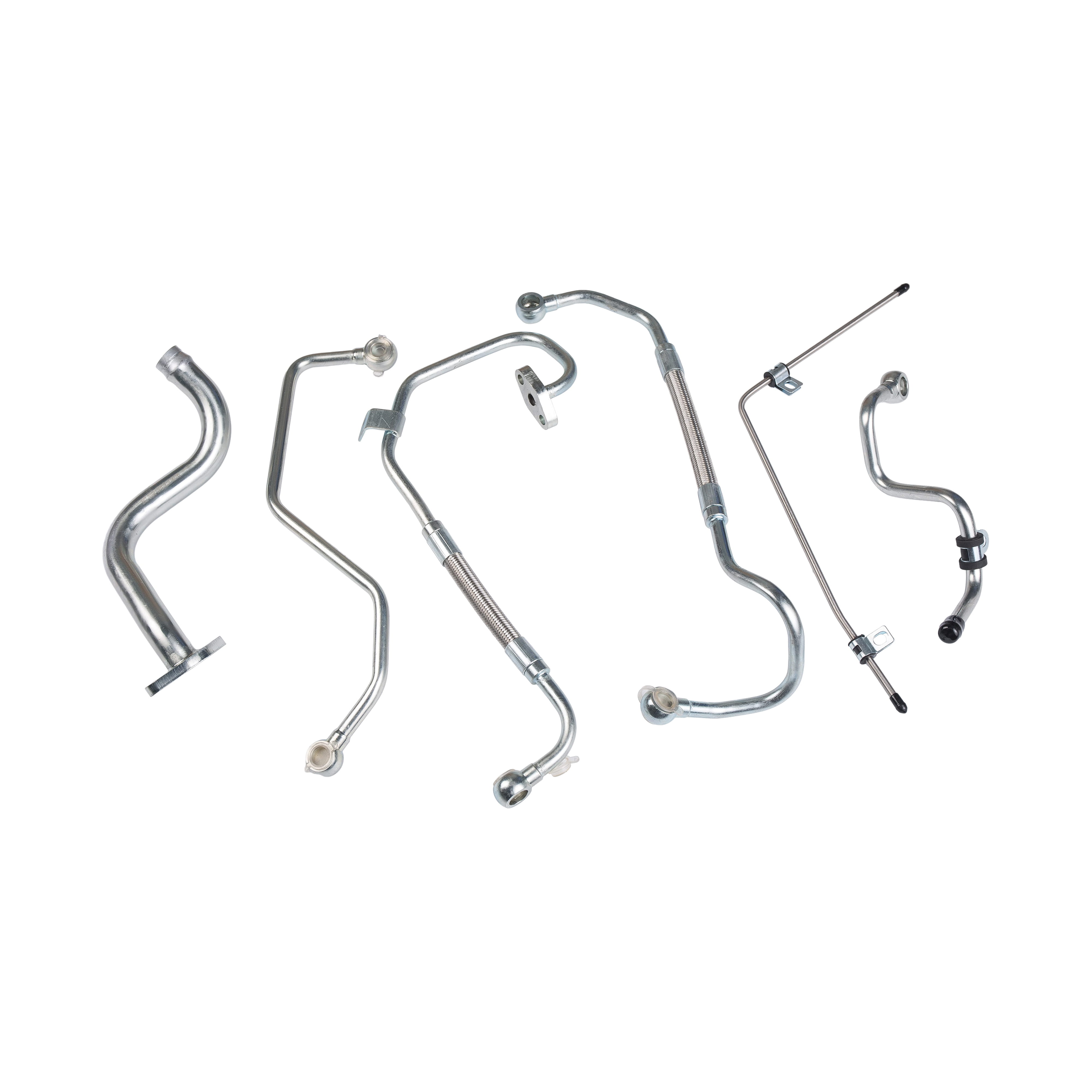 View More
Shangchai Motor Speziales Niederdruckrohr
Das für Shangchai-Motoren speziell verwendete Niederdruckrohr ist fest verschwe...
View More
Shangchai Motor Speziales Niederdruckrohr
Das für Shangchai-Motoren speziell verwendete Niederdruckrohr ist fest verschwe... 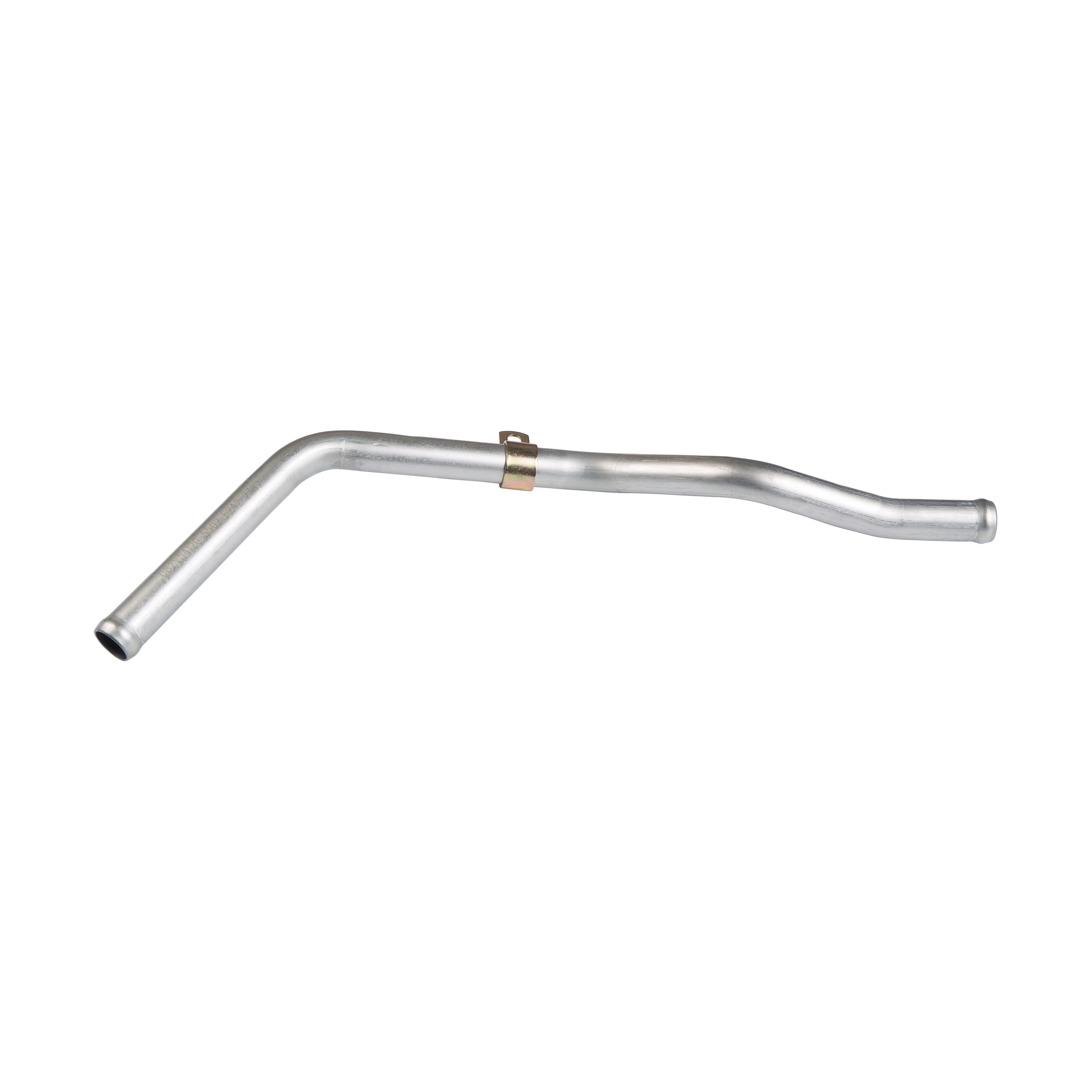 View More
Weichai-Motoren mit Kohlenstoffstahlleitungen mit niedrigem Druck
Das für Weichai-Motoren speziell verwendete niedrige Druckrohr verfügt über ein...
View More
Weichai-Motoren mit Kohlenstoffstahlleitungen mit niedrigem Druck
Das für Weichai-Motoren speziell verwendete niedrige Druckrohr verfügt über ein... 


